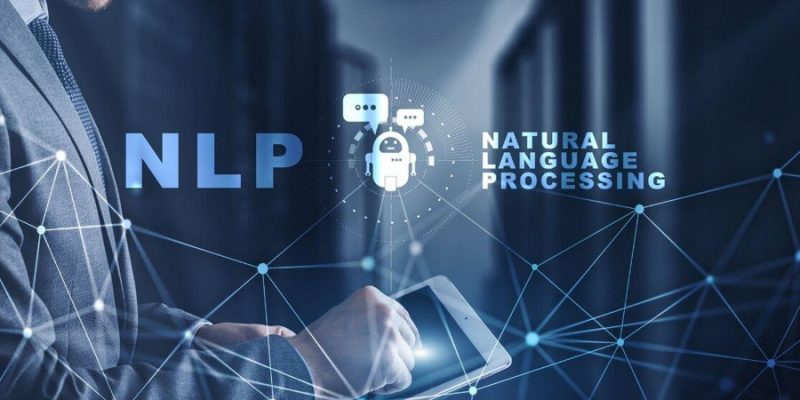
When it comes to addressing the scarcity of healthcare workers, Natural language processing is quite beneficial.
Concerns about a shortage of nurses, physicians, and healthcare professionals in the upcoming years are growing globally. By 2030, 18 million more health professionals will be needed, according to the World Health Organization. Before the COVID-19 epidemic, there was already a scarcity, but recent years have made it worse. Many in the industry, particularly nurses, have left their employment due to stress, weariness, and harassment. However, there are further causes for the scarcity as well. For instance, as the senior population grows and more doctors in the United States reach retirement age, more individuals will require healthcare from fewer professionals.
What is NLP in healthcare?
The NLP is an illustration of how AI policies gather and analyze unstructured data from spoken language to spot trends, interpret meaning, and eventually produce feedback. As a result, the healthcare industry is better equipped to utilize unstructured data. Healthcare personnel may automate administrative duties, spend more time on patient care, and use real-time data to enhance patient experiences with the use of this technology.
Technology’s benefits and costs
The level of anxiety among healthcare professionals is evident from a recent global poll. 70 percent of respondents said they think digital health technologies will facilitate beneficial change. However, about the same percentage (69%) believe that new technologies will be a “difficult burden.”This has been observed for a long time. The most notable illustration relates to electronic health records (EHRs). These were designed to enhance care and greatly increase efficiency. Despite the advantages, they have also lengthened the amount of time medical professionals must spend dealing with paperwork.
One study found that at one facility, more than 8% less time was spent directly caring for patients. Another study found that nurses felt overburdened as a result of the amount of paperwork. In a survey published in March, U.S. doctors were questioned about the “documentation burden” that EHRs offer. The majority of responders indicated they don’t spend enough time on patient care because they are too busy documenting. And one-third said they work on paperwork for two hours or longer each day outside of work hours.
It shouldn’t be like this. Technologies can be developed to handle more administrative tasks so that healthcare practitioners can dedicate more time to delivering direct patient care. The number of patients receiving good care will help reduce documentation.
Similar to this, healthcare professionals should be able to talk into their phones or other devices and have NLP automatically insert the information they say into patient records. When a patient visits the emergency room complaining of certain symptoms, NLP can assist in retrieving pertinent data from the patient’s records, such as a family history that may indicate the patient is at an increased risk of having a heart attack. Therefore, when physicians and nurses access the patient’s file, that information will immediately appear.
Of course, just as there is always a chance that a person may make an error, the same is true for machines. Healthcare professionals must review and confirm the data. They shouldn’t have to browse through lengthy forms with several text fields to enter information, nor should they have to spend additional time discovering the information in the first place. All of it should be handled by technology.
There are further applications for NLP. For instance, AskSophie, a service that allows users to explain their symptoms to learn about individuals who have similar illnesses and what is causing them, incorporates this technology.
Using technology to meet the requirements of healthcare professionals
NLP is only one tool that can assist ease the constraints on physicians and nurses and improve the future of global healthcare by meeting the demands of healthcare professionals through technology. By highlighting the socioeconomic determinants of health that need to be addressed in many sectors, artificial intelligence can assist give a more comprehensive approach to health. Hospitals may better anticipate their staffing needs by using algorithms to estimate patient flow. And businesses are coming up with fresh methods to remotely monitor sick patients. There are countless options.
The secret is to make sure that new technologies take the demands of healthcare professionals into account. More individuals will enter and remain in the healthcare industry as long as they have more time to devote to treating patients and avoiding paperwork constraints. The outlook for the world’s health will be much better as a result.



















